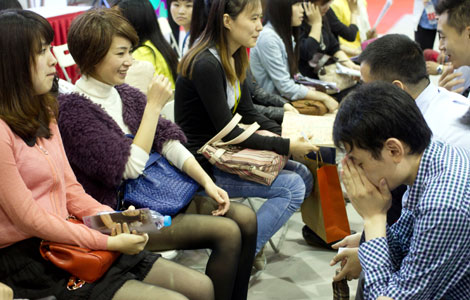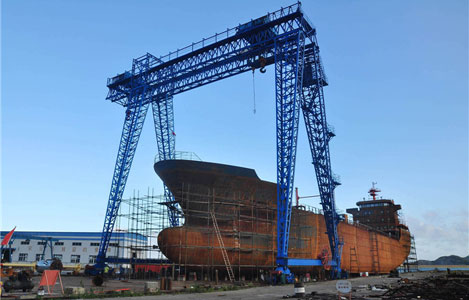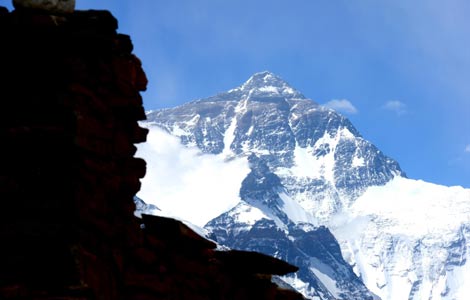Iran expands nuclear enrichment capability: IAEA
Updated: 2013-05-23 07:17
(Xinhua)
|
|||||||||||
VIENNA-- Iran further expanded its nuclear enrichment capability by installing hundred advanced centrifuges in a uranium enrichment plant, the International Atomic Energy Agency (IAEA) said on Wednesday.
In a report, the UN nuclear watch dog said Iran continues to install the IR-2m centrifuges, which could promote its uranium enrichment significantly, in Natanz enrichment plant, raising West concern that Iran is heading to the nuclear weapon technology threshold.
"As of 15 May 2013, four cascades had been fully installed and one cascade had been partially installed with IR-2m centrifuges and empty centrifuge casings," the report noted.
The IR-2m centrifuges installed in the plant is presumed to be around 700, much more than 180 centrifuges in the previous report.
But according to the report, Natanz enrichment plant is running for 5 percent enriched uranium production, which is far from the weapon grade level uranium, and could hardly resist intensive military strike.
The report also said Tehran has possessed 182 kg 20 percent enriched uranium stockpile, 15 kg more than the agency's previous report, however, still could not meet the need of a nuclear bomb, supposed to be 240-250 kg.
Iran seems to slow its pace in accumulating the 20 percent enriched uranium stockpile, the heart of its nuclear program, the main concern of Western powers, by increasingly converts the 20 percent enriched uranium to conversion process to the form of U3O8, which could hardly be converted back to make a nuclear bomb.
"The total amount of UF6 enriched up to 20 percent U-235 which had been fed into the conversion process to 140.8 kg and the total amount of uranium in the form of U3O8 which had been produced to 63.1 kg," the report said.
To the West's fear, Iran seems to embark on another way of its nuclear program, as Tehran is promoting the construction of a nuclear research reactors at Arak, which some experts presumed could provide Iran another option to develop its disputed nuclear plan.
"The reactor vessel had been received at the site but had yet to be installed," the report showed ongoing construction of the research reactors at Arak.
Regarding Parchin, the report said Iran's activities in the suspected military site didn't suspend.
"Iran has conducted further spreading, levelling and compacting of material over most of the site, a significant proportion of which it has also asphalted," the agency noted since the previous report.
The UN Security Council and IAEA board of governors adopted relevant resolutions to press Iran to suspend suspected nuclear activities.
The West accuses Iran of develop nuclear weapon under cover of civilian nuclear program, and imposed a series of sanctions aimed at crippling Iran's economy in returns for Tehan's compromise, while the latter stresses that the nuclear program is for civilian use only.
Related Stories
Iran bars candidates for presidential election 2013-05-22 07:56
Iran to host meeting on Syria on May 29 2013-05-21 16:45
Iran's Guard warns against polls unrest 2013-05-20 10:23
Iran says ready for fresh round of nuclear talks 2013-05-16 21:05
Iran set to launch joint rail corridor project 2013-05-08 16:15
Today's Top News
China, Pakistan to set up economic corridor
Solar negotiations with EC fail
Special envoy from DPRK arrives
Consumers' demand for luxuries growing
Survey predicts fast growth in business travel
Consumers more willing to spend
Premier Li arrives in Pakistan for visit
H7N9 test reagents hit the market
Hot Topics
Lunar probe , China growth forecasts, Emission rules get tougher, China seen through 'colored lens', International board,
Editor's Picks

|

|

|

|

|

|





